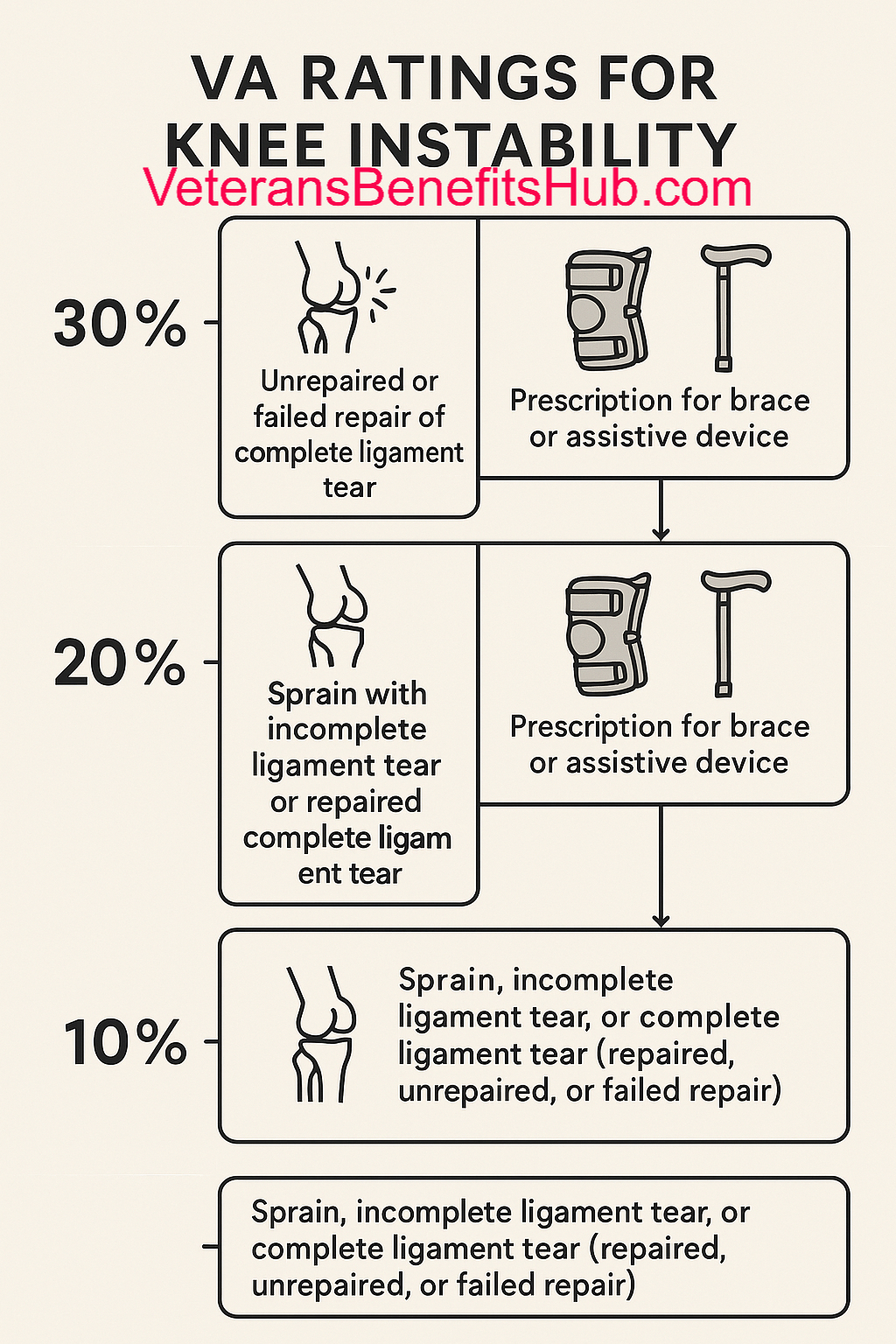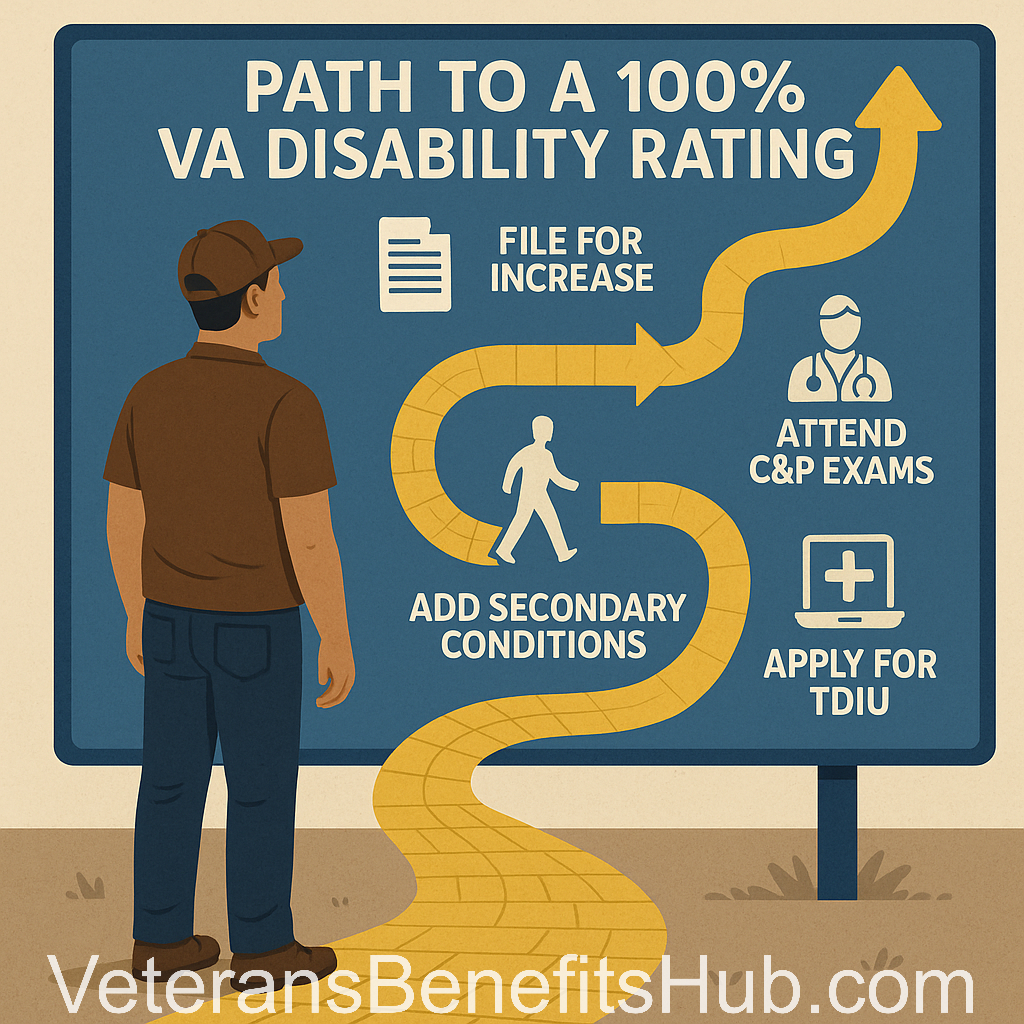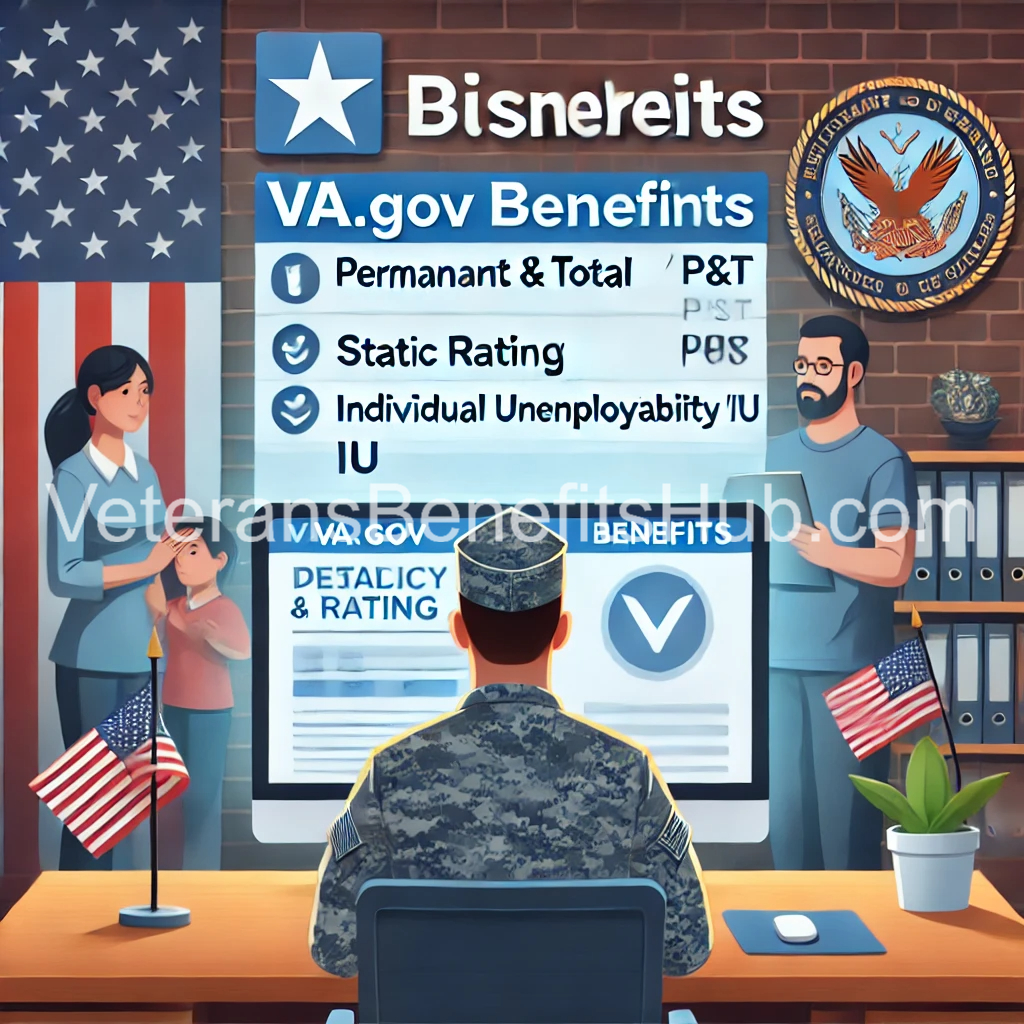Simplest Ways for Veterans to Boost Their VA Disability Rating

Why Every Veteran Should Consider Using Veteran AI for VA Claims
Veteran AI is a powerful tool designed to simplify the VA claims process, and it’s something every veteran should explore. This innovative platform helps veterans organize their claims, generate critical documents, and get tailored advice based on their unique circumstances. In this article, we’ll walk through how Veteran AI can assist with a specific example: increasing a migraine rating from 0% service-connected to a higher percentage.
Getting Started with Veteran AI
One of Veteran AI’s standout features is its ability to analyze uploaded documents, such as VA decision letters, to provide personalized guidance. For example, let’s say you have a decision letter stating that your migraines are service-connected but rated at 0%. By uploading this document to Veteran AI, the platform can evaluate your situation and offer actionable steps to pursue a higher rating.
The process is straightforward. After uploading your decision letter, you can ask the AI chatbot specific questions, such as: “How can I increase my migraine rating that is service-connected at 0%?” Within moments, Veteran AI provides a detailed response, pulling from VA regulations and best practices.
What Veteran AI Can Do for You
Here’s how Veteran AI helped with the migraine example:
- Explains VA Rating Criteria: The tool references 38 CFR, outlining the criteria for 10%, 30%, and 50% ratings for migraines. It clarifies that migraines must be “prostrating” (severe enough to require rest and prevent normal activity) to qualify for a higher rating, helping veterans avoid common misconceptions about minor headaches.
- Gathers Medical Evidence: Veteran AI advises keeping a detailed headache diary to track the frequency, duration, and severity of migraines. It also recommends obtaining updated medical records and a doctor’s statement documenting your condition.
- Completing a DBQ: The platform suggests completing a Disability Benefits Questionnaire (DBQ) to strengthen your claim.
- Filing for an Increase: It guides you to submit a claim for an increased rating using VA Form 21-526EZ.
- Exploring Secondary Conditions: If your migraines cause other issues (e.g., depression or anxiety), Veteran AI highlights the potential to file for secondary service connection.
- Recommending a VSO: The tool encourages working with a Veterans Service Officer (VSO) for professional support.
Building a Comprehensive Claim
Veteran AI also allows you to input detailed information about your condition to generate robust documentation. For instance, you can add your disability (migraines in this case) and provide context about your military service, symptoms, and treatment. Here’s an example of how you might use the platform:
- Military Service: Note when your migraines began. For example, “In 2012, during my deployment to Afghanistan, I started experiencing migraines, and I first reported them in summer 2013.”
- Current Treatment: Document your medications and care routine, such as preventative treatments (e.g., amitriptyline) or acute treatments (e.g., rizatriptan).
- Medical Appointments: List relevant appointments, such as consultations with your VA primary care provider or a neurologist, including prescribed treatments and outcomes.
- Impact on Life: Describe how migraines affect your job and personal life. For example, “I frequently adjust my work schedule or use paid time off due to migraines, and I need to isolate myself in a quiet, dark room during episodes.”
Using this information, Veteran AI can generate a polished personal statement summarizing your condition, service history, and its impact. You can edit and download the statement for submission with your claim.
Additional Features: Nexus and Buddy Letters
Beyond personal statements, Veteran AI can create nexus letters (if you have a provider willing to sign off) and buddy letters to support your claim. These documents are critical for establishing service connection or corroborating your symptoms.
Why Veterans Love the Chatbot
The chatbot is a favorite feature for many users because it provides instant, tailored answers to complex questions. Whether you’re clarifying VA regulations or seeking advice on evidence collection, the chatbot is like having a knowledgeable VSO at your fingertips.
The Future of AI in VA Claims
Tools like Veteran AI are revolutionizing how veterans approach VA claims, but they also raise broader questions. What do you think about veterans using AI to prepare claims? And what about the VA using AI for claim adjudication or processing? We’d love to hear your thoughts in the comments below!
For more information on Veteran AI, check the links in our resource section or visit their official website.
Disclaimer: The information provided in this article is for general informational purposes only and does not constitute legal or professional advice. VeteransBenefitsHub.com is not affiliated with Veteran AI or the Department of Veterans Affairs (VA). Always consult with a qualified Veterans Service Officer (VSO), accredited claims agent, or attorney for guidance on your specific VA claim. The use of AI tools, including Veteran AI, does not guarantee approval of your claim. Individual results may vary.









